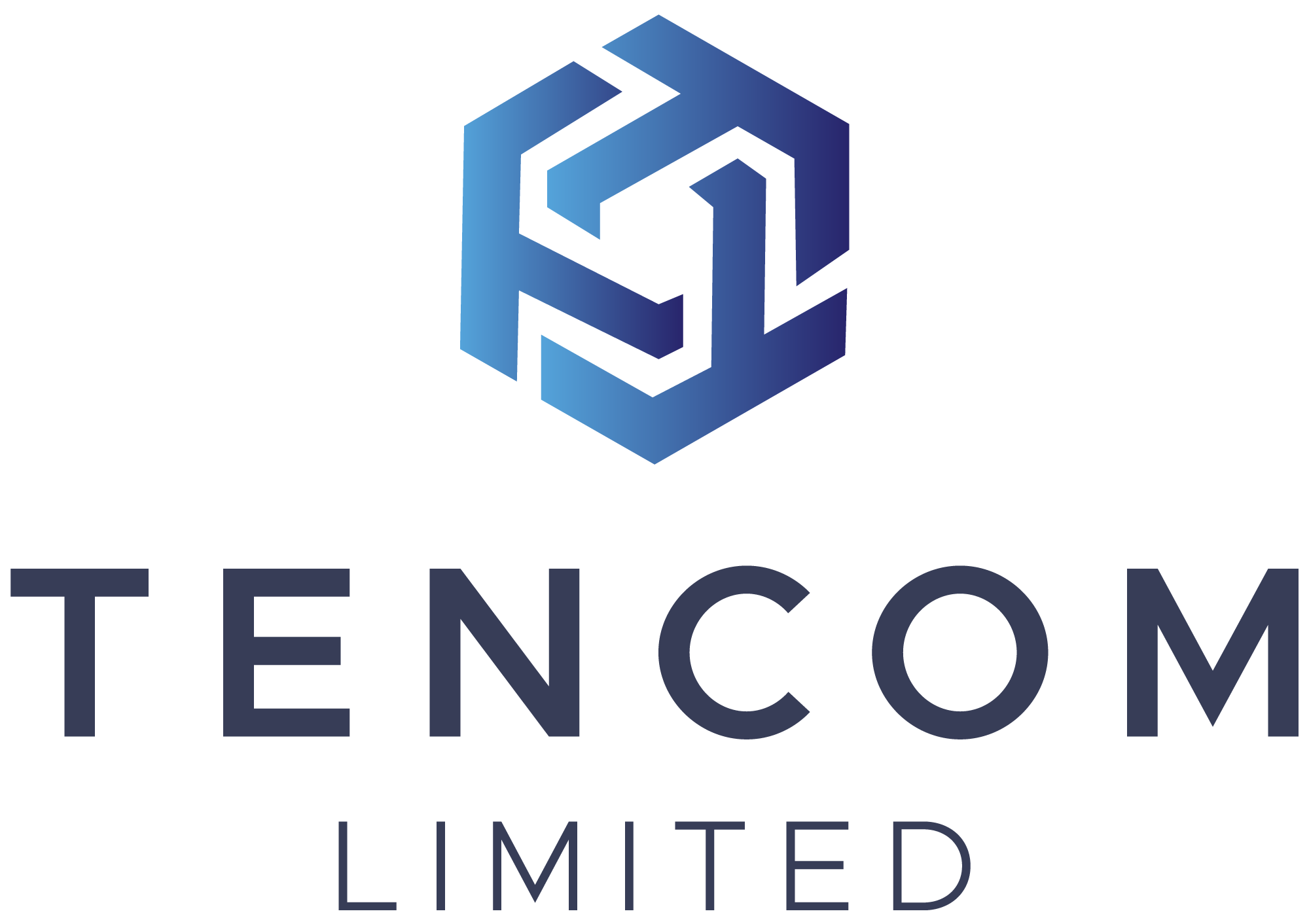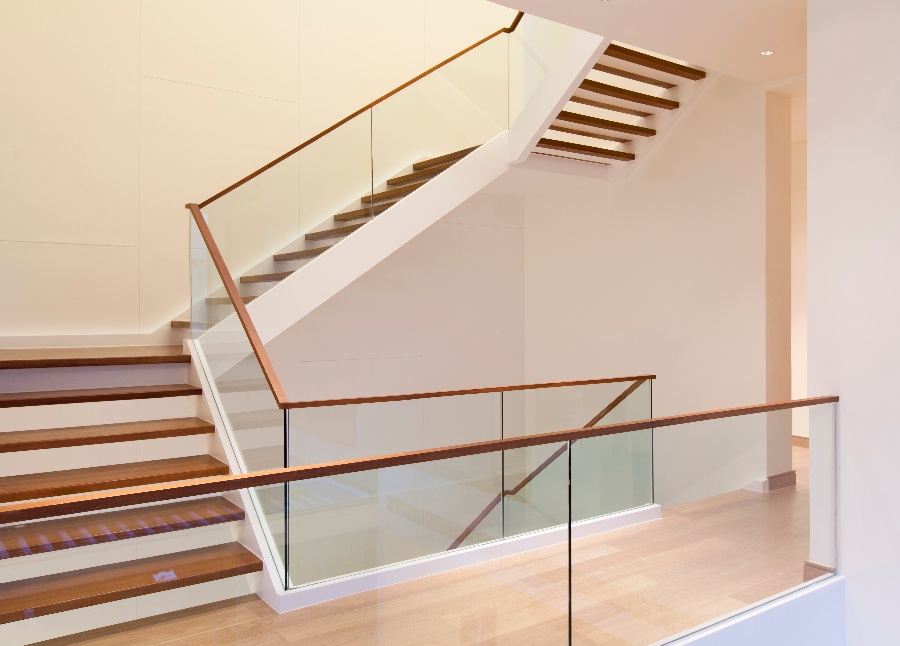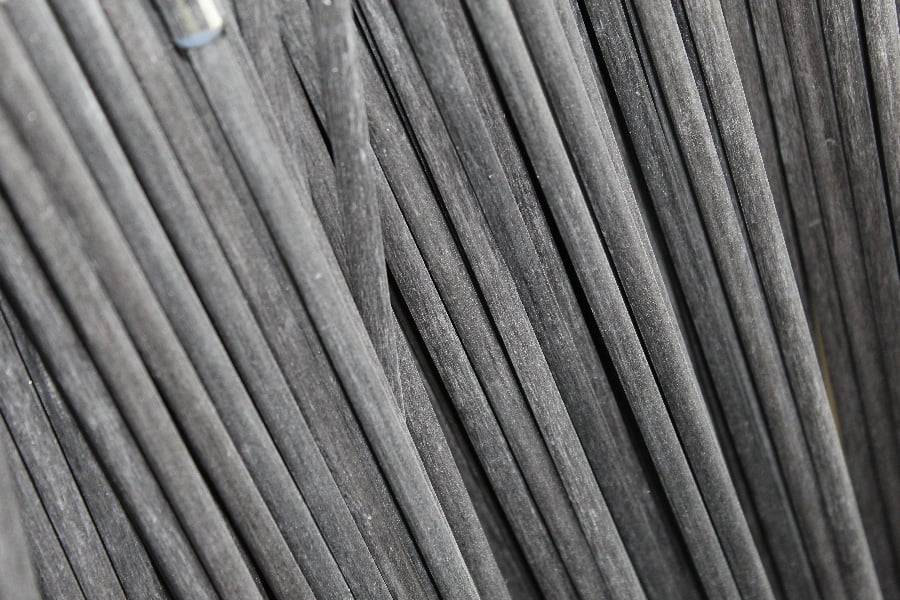
Pultruded fiberglass-reinforced polymer (FRP) composites have become indispensable in public infrastructure applications, including mass transit systems, tunnels, stations, pedestrian bridges, and architectural cladding, and platforms. These materials offer exceptional strength-to-weight ratios, corrosion resistance, and durability.
However, their organic polymer matrices render them combustible, necessitating advanced fire-retardant formulations to comply with rigorous safety regulations designed to minimize flame spread, smoke generation, and toxic emissions in enclosed or high-occupancy environments.
Recent innovations in fire-retardant resins have focused on halogen-free systems, driven by environmental and health concerns over traditional halogenated (e.g., brominated) additives, which can produce corrosive and toxic fumes during combustion.
Modern approaches emphasize low-smoke, low-toxicity solutions while preserving the mechanical properties and processability essential for high-volume pultrusion production.
Key Fire Safety Standards for Public Infrastructure
Pultruded FRP components in public settings must satisfy demanding reaction-to-fire criteria:
- ASTM E84 (Steiner Tunnel Test): Widely used in North America for surface burning characteristics. Class A (or Class 1) requires a Flame Spread Index (FSI) ≤ 25 and Smoke Developed Index (SDI) ≤ 450. Many infrastructure specifications mandate this classification for walls, ceilings, and structural elements.
- EN 13501-1 (European Reaction to Fire Classification): Classifies materials from A1 (non-combustible) to F. For composites, B-s1,d0 or B-s2,d0 is often required (limited flame spread, very low smoke production, no flaming droplets).
- NFPA 130 (Standard for Fixed Guideway Transit and Passenger Rail Systems): Applies to rail and subway applications in the U.S., incorporating ASTM E84, ASTM E162 (flame spread), and ASTM E662 (smoke density). It limits heat release and toxicity.
- Additional tests, such as UL 94 V-0 (vertical burn) and cone calorimeter (ISO 5660) for heat release rate (HRR) and total smoke release, are frequently specified.
Achieving these ratings without excessive filler loading—which can increase viscosity, reduce fiber wetting, and impair mechanical performance—has been a primary challenge in pultrusion.
Traditional vs. Modern Fire-Retardant Approaches
Historically, fire retardancy in pultruded FRP relied on:
- Halogenated resins (e.g., brominated vinyl esters or polyesters).
- High loadings (150–250 phr) of aluminum trihydroxide (ATH), which decomposes endothermically to release water vapor.
While effective, these methods have drawbacks: halogens produce toxic smoke, and high ATH levels raise resin viscosity, complicating impregnation, reducing strengths, and slowing pultrusion line speeds.
Contemporary advancements prioritize:
- Inherently Fire-Retardant Resin Chemistries
- Phenolic resins: Long established for superior char formation, low flame spread, and minimal smoke. Modern low-viscosity phenolics and phenolic-urethane hybrids enable faster pultrusion while achieving ASTM E84 Class A and EN 13501 B-s1,d0 without additional fillers.
- Modified acrylics (e.g., urethane acrylates): Halogen-free, high-reactivity resins that provide excellent fire performance with low smoke toxicity, used successfully in large-scale tunnel linings.
- Poly Furfuryl alcohol resins: Bio-derived from agricultural waste, offering inherent low flame spread and high char yield due to highly cross-linked structures.
- Halogen-Free Additive Technologies
- Phosphorus-based compounds (e.g., DOPO derivatives, ammonium polyphosphate, phosphazenes): Promote intumescence and char barrier formation in the condensed phase while scavenging radicals in the vapor phase. Liquid phosphazene-melamine mixtures have shown promise for polyurethane pultrusion, maintaining flow while achieving UL 94 V-0.
- Nitrogen-phosphorus synergies and melamine derivatives: Enhance smoke suppression.
- Nanofillers and reticular materials (MOFs, COFs): Emerging research (2024–2025) demonstrates metal-organic frameworks that dramatically reduce peak heat release rate and improve char integrity at low loadings.
- Polyurethane systems with novel liquid flame retardants: Recent formulations avoid solid powders that clog dies, delivering V-0 ratings with minimal impact on mechanical properties.
- Hybrid and Non-Filled Systems
- Non-filled, non-halogenated polyesters use proprietary chemistry to achieve FSI < 25 without ATH, enabling thinner, lighter profiles.
- Bio-based thermoplastic matrices reaching Euroclass B without additives, though primarily for other processes, inspire similar pultrusion developments.
Benefits for Public Infrastructure Applications
These advancements enable pultruded FRP to meet or exceed code requirements in demanding settings:
- Mass transit and tunnels: Low-smoke phenolic or urethane acrylate profiles for grating, handrails, and cladding.
- Stations and platforms: ATH-free or low-filler systems for cable trays, third-rail covers, and architectural elements requiring ASTM E84 Class A.
- Pedestrian bridges and façades: Lightweight, corrosion-resistant profiles with EN 13501 B-s1,d0 performance.
- Electrical enclosures and supports: Inherently dielectric materials with enhanced fire safety.
The shift to halogen-free resins also reduces environmental impact, facilitates recycling initiatives, and improves worker safety during manufacturing.
Conclusion
The pultrusion industry has made significant strides in fire-retardant resin technology, moving beyond halogenated and heavily filled systems toward cleaner, more efficient alternatives that maintain processability and mechanical integrity. Phenolics, advanced polyurethanes, phosphorus-intumescent packages, and non-filled chemistries now allow manufacturers to produce profiles that consistently achieve the highest fire classifications required for public infrastructure.
As regulatory pressure for low-smoke, low-toxicity materials intensifies—particularly in enclosed public spaces—these innovations position pultruded fiberglass composites as a safe, sustainable, and high-performance choice for modern infrastructure projects.
For engineers and specifiers evaluating materials, partnering with experienced pultruders who utilize these latest resin systems ensures compliance without compromising design freedom or lifecycle performance. The future of fire-safe infrastructure is increasingly composite.















